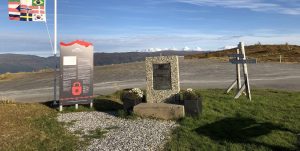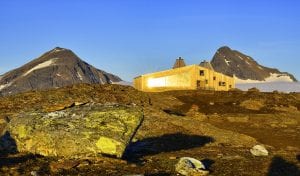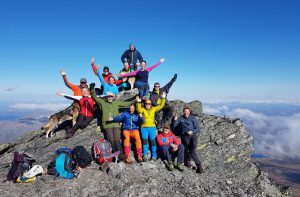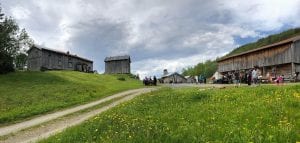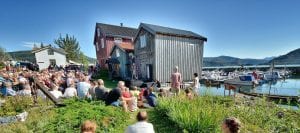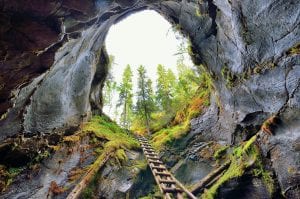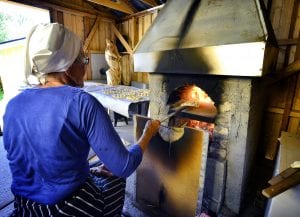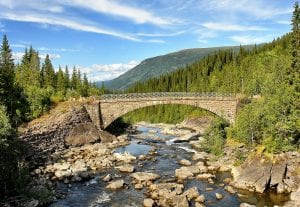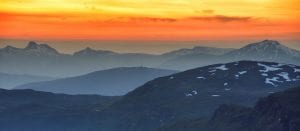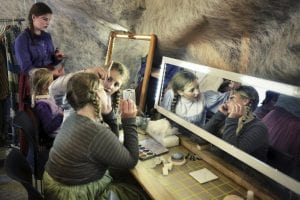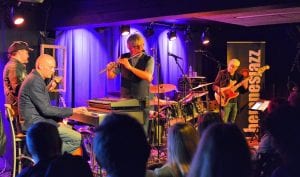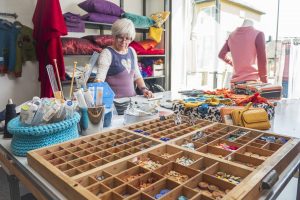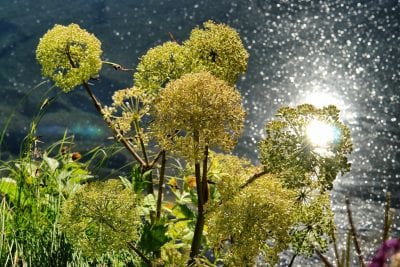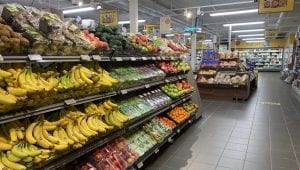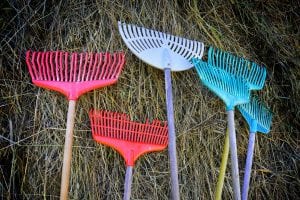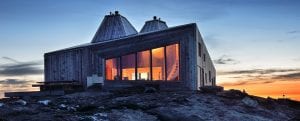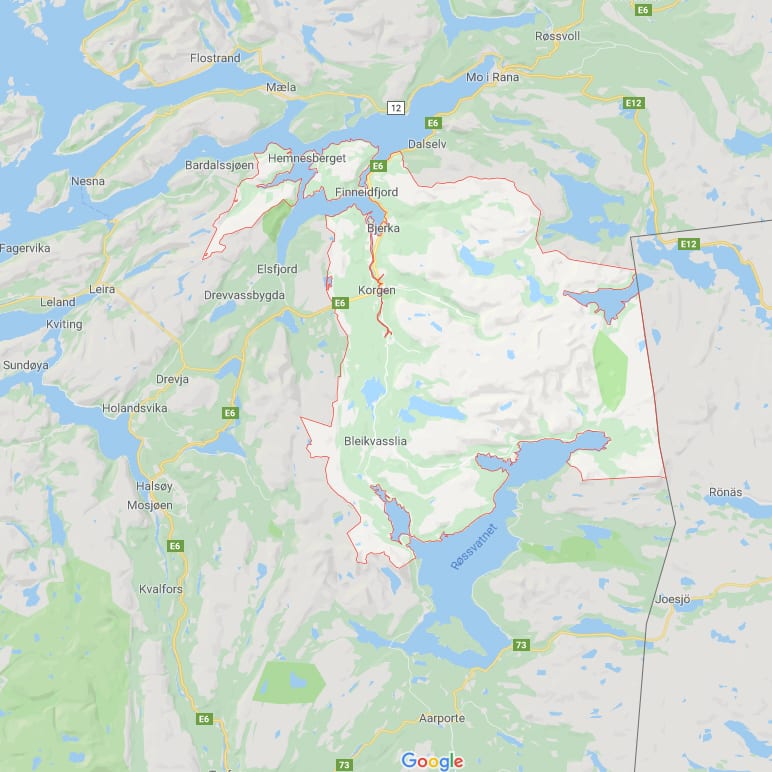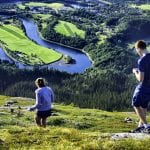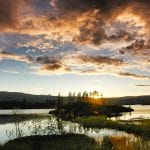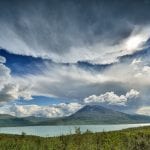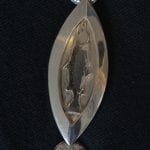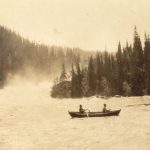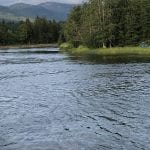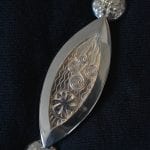One of these is the 50-km-long Røssåga river, which flows from Bleikvatnet to Røssvatnet lake before emptying its waters into the Sørfjord. Construction of its hydropower facilities began at the end of the 1940s, and by 1955 the lower Røssåga hydropower plant was supplying electricity to ironworks in the town of Mo i Rana. Some years later, it was also powering the aluminium factory in Mosjøen. During the years 2012–2018, Statkraft expanded both the upper and lower Røssåga hydropower plants, upgrading them with state-of-the-art equipment.
As a result, in the 1950s, many farms and large areas of farmland around Røssvatnet lake were submerged under a vast new reservoir, and the water-flow to several major rivers in the area was greatly reduced. The Røssåga river has always offered excellent trout and salmon fishing. Thanks to national authorities requiring a certain minimum water flow, the local wild salmon still thrive. At Bjerka, Statkraft has established a separate gene bank for salmon. During the fishing season in the months of July and August, eager anglers – visitors as well as local residents – can try to catch salmon or trout from prepared spots along the river.
Today, the watershed of the Røssåga river is an area that offers great recreational opportunities, with many fine hiking destinations that are easily accessible. Bring a packed lunch for your picnic, or a fishing rod – or both.
The aptly named Wilderness Road (Villmarksveien) starting in Korgen, takes you deeply into this beautiful landscape. This scenic road takes you past Stormyrbassenget, a reservoir that was a key part of the hydropower developments, and up to Røssvatnet, the lake that is the source of the river.

